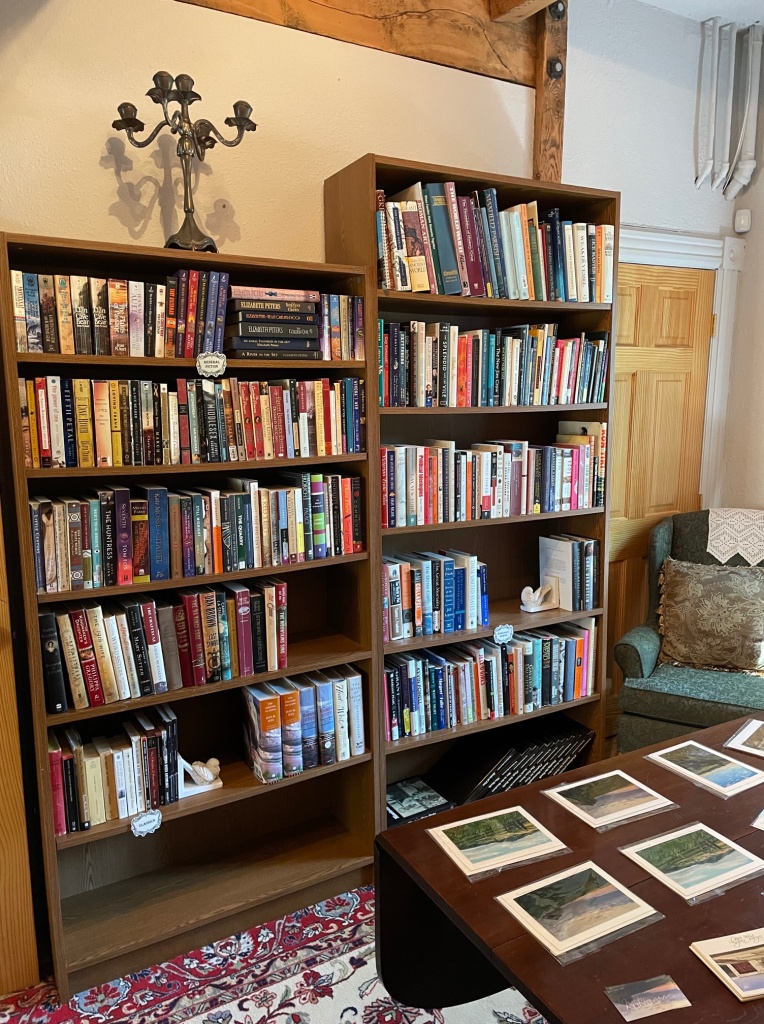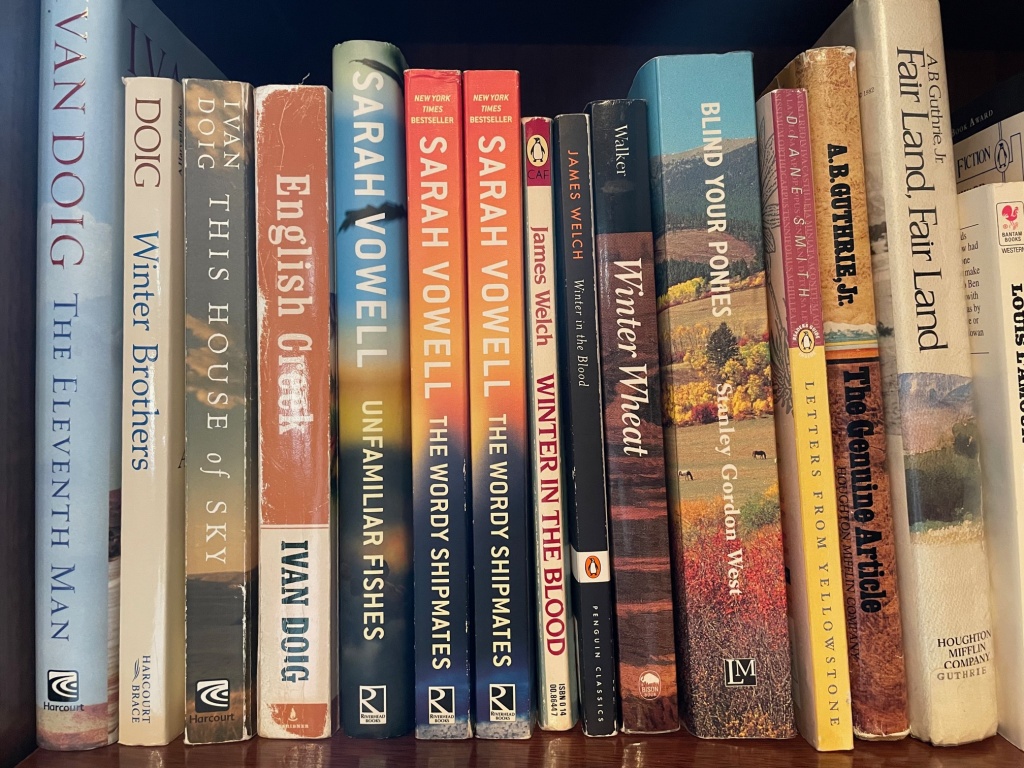As we come into the last month of 2021, we are grateful for many things, the top of the list being our Extreme History community (that’s you!).
We are also grateful that we were able to launch our 2021 walking tours and even add some revamped and new tours to the mix. We were excited to take to the streets for Bozeman’s Sweet Pea parade. Our flowery float was peopled with some of Bozeman’s most colorful historic figures and included a special tribute to raise awareness for the Indian Boarding Schools story. Our The Dirt on the Past podcast in which team members discuss a wide range of topics with notable experts garnered over seven thousand listens (and counting) worldwide. Furthering our mission for educational outreach, we continued offering our lecture series via Zoom. Our online book (and wine) club also proved to be a community favorite. In June, Montana author Tom Rust was on hand to discuss and sign his latest book and in November, local author Kelly Hartman read from and signed copies of her new book. We assisted in the creation of a documentary called, The Story of Us (watch for the debut in early 2022) In addition to the ever expanding inventory of unique goodies in our Mendenhall Street office gift shop, we opened our new Extreme History Book Shop featuring specially curated used history books, covering a large variety of historical subjects.
While we have had our successes, we also have had our challenges. Several of our planned in-house events and our big fundraising program, History After Dark, were cancelled out of concern for community health safety. As is the struggle of all non-profits, The Extreme History Project needs outside funding to underwrite our mission. Bringing history to the community requires many hours of research, resources and logistical support. We have big ideas, but a small budget. Your donations are the fuel we need to keep us moving forward with pertinent content and fresh, exciting programming. Every dollar you can give brings us closer to fulfilling our goals for this upcoming year.
To help us continue our mission to MAKE HISTORY RELEVANT, please click here.
As always, thank you for your support!
If you enjoy a particular program and would like to support it directly, here are ways to help!
Support The Extreme History Project Lecture Series – $250 per lecture
Support The Extreme History Project Historic Walking Tours – $250 per walking tour
Support The Dirt on the Past Podcast – $500
Support The Extreme History Book Club – $200
Sponsor an Oral History interview and transcription – $600
Donate used history books (non-fiction) to our Extreme History Book Shop
If you are interested in any of the above options, send an email to crystal@extremehistoryproject.org or give us a call at 406-220-2678 to discuss.
Sincerely and with gratitude,
Crystal Alegria and Team Extreme












